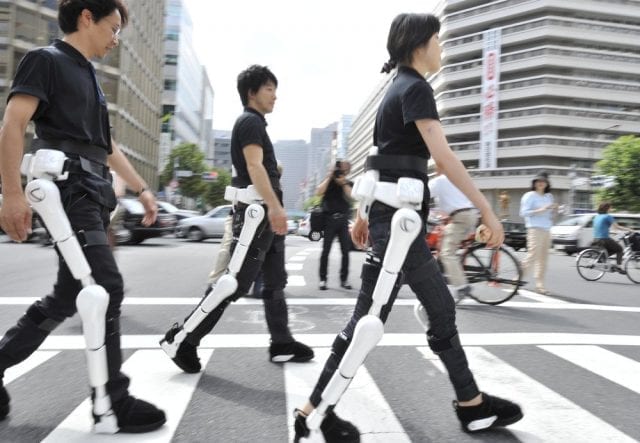We have seen electric cars, electric trains, electric bicycles and bikes, and now we are about to see what many would have thought impossible only a few years ago electric airplanes. The drive behind this technology is the concerns about climate challenges that the world is experiencing at the moment as a result of climate change.
The electric airplanes are expected to be powered by electric motors which would be powered by different things including solar cells. While you may not know, these airplanes have been tried and flown since the 1970s. It has, however, been unable to be in the mainstream as a result of some challenges.
Here are some electric airplanes you will get to see soon:
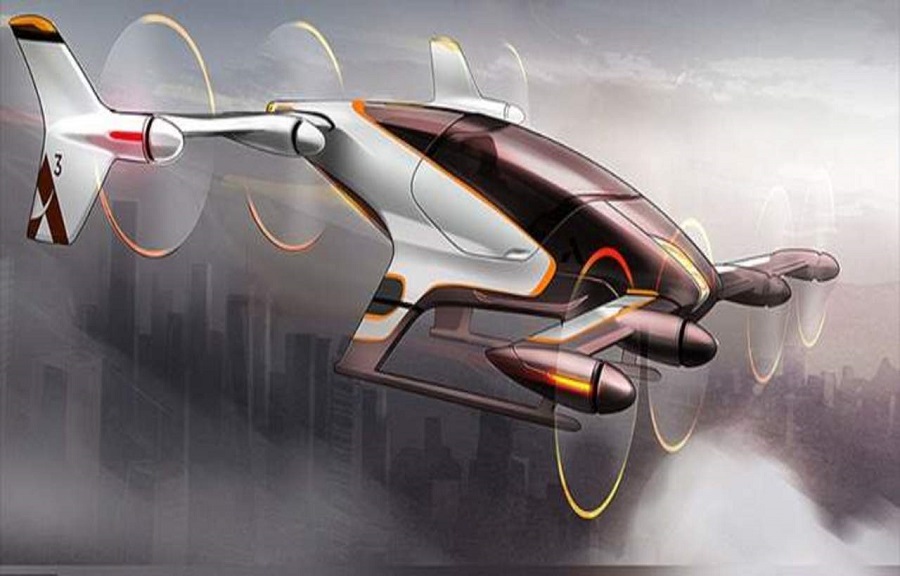
1. Vahana
The first flight of the first Vahana airplane was recorded on 31 January 2018, and it reached a height of 5 meters (16 feet) before it finally descended safely. A product of A³, this is a small passenger cargo that is not only electric, but it is likewise self-driving.
It was since November 2017 that it was announced that the aircraft would begin its flight testing, but that delayed until 2018. The main aim of the craft is to provide a single passenger electric vertical take-off and landing (VTOL) self-piloted aircraft which will take care of the growing need for urban mobility.
See Also: Solar Cars: 2019 May Just Be the Year We Would See Them
What this means is that this is not a long distance traveling aircraft and it will only take a single passenger at a time. Although it has successfully been tested, there will be more work on it before it will finally hit the market.
The specs of the Vahana is given as:
- Width: 6.2 m / 20.3 ft
- Length: 5.7 m / 18.7 ft
- Height: 2.8 m / 9.2 ft
- Takeoff Weight: 745 kg / 1642 lb
2. Zunum Aero
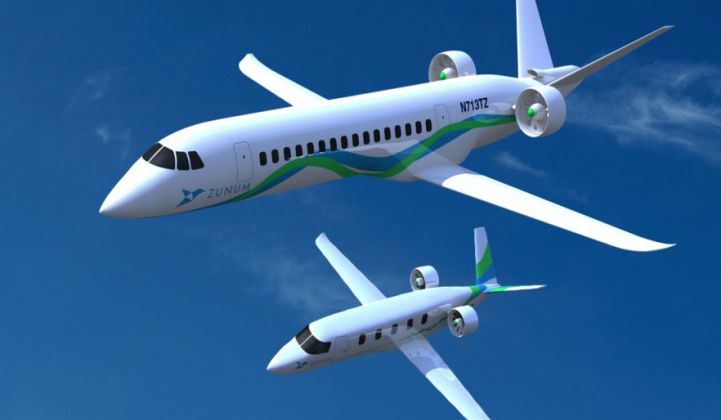
This plane is having the support of Boeing’s HorizonX fund and Jet Blue’s Technology Ventures, in an attempt to provide an electric aircraft that will travel a long distance. Designed by a Seattle based start-up company, the hybrid-electric aircraft will be able to cover as much as 700 miles with 12 passengers.
The Max cruise speed of the Zunum Aero is said to be 340 mph while its takeoff distance is 2,200 ft. Looking at other things like noise and emission, this will lower noise by as much as 80% while eliminating emission.
You will get to see these planes which are now designed and built to last up to 30 years in 2022. But then, the first flight testing may come anytime from 2018 to 2019.
3. Pipistrel Alpha Electro
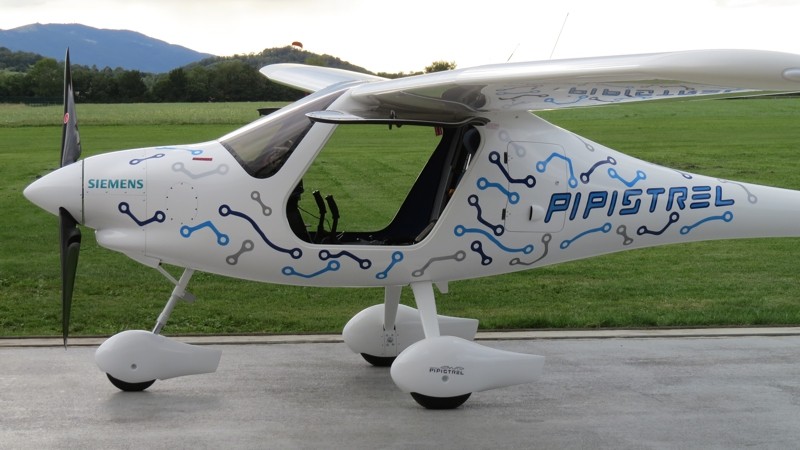
This is a two-seater plane that has WATTsUP as its prototype. One thing that makes this different from others apart from its design is the fact that it is already ready for the market.
The Alpha Electro is designed by the Pipistrel Aircraft which has made its name thanks to the production of aircraft that are light. It was given a Special Certificate of Airworthiness since October 2017 by the Australia’s Civil Aviation Safety Authority (CASA). Nevertheless.
Fully ready for purchases, the Alpha Electro has made a successful flight from Perth’s Jandakot Airport before it conducted two circuits around Jandakot airport which is the 5th busiest airport in the southern hemisphere. The flight was done on January 2, 2018, and in the next two days, it flew for more than seven hours.
This plane is now too close that you may even get to touch it soon. Maybe not literally.
4. Wright Electric

The goal of the Wright Electric company is to design electric aircraft that is to create aircraft that give easier and cheaper air travel, faster door to door travel, and reduced carbon footprint.
The Wright Electric airplane is designed to have 120-186 seat range as well as to cover up to 335 miles. The all-electric airliner is designed in collaboration with airline EasyJet.
It will either be powered by battery technology or it may use the same hybrid technology used in the Chevy Volt. For long flights, fuel will be needed, nevertheless, for short flights like between cities and states, you do not need fuel as the electric power will serve. Routes it can take can include London to Paris or New York to Boston, or even New York City to Washington, D.C.
The airplane will hit the market sometime in 2027.
5. Eviation Alice
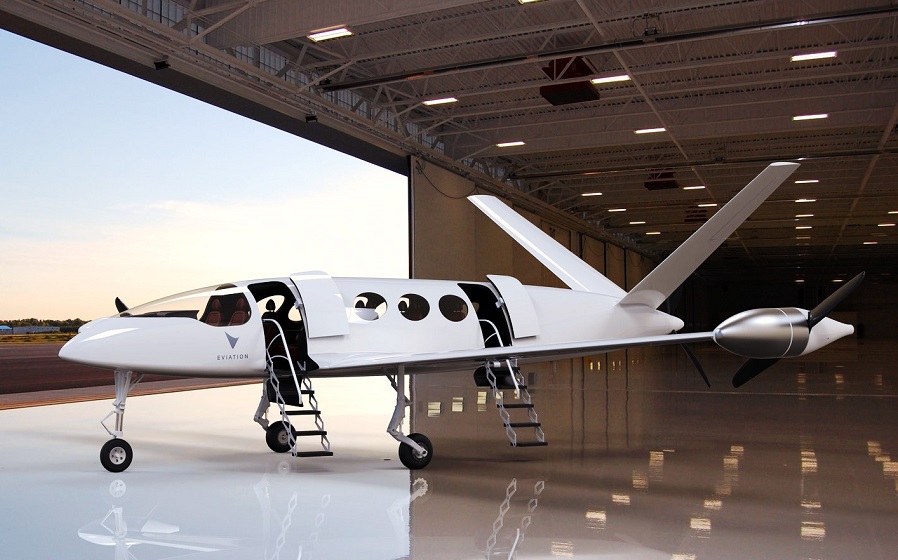
This aircraft is designed by the Israeli company, Eviation Aircraft. When it began in 2016, it came up with two electric airplanes. The first is for air taxi service and this model is expected to be ready at the start of 2019. The second model which will be an extended-range ER executive aircraft and it is expected to be ready by 2023.
The airplane is designed to cover as much as 650 miles at 240 knots. The Alice is an all-composite craft which is powered by 980kWh lithium-ion battery. With that, you will achieve 540nm (1,000km) in range and a cruise speed of 240kt (440km/h).
6. CityAirbus

The CityAirbus beats many other electric airlines when it comes to its futuristic design. It is expected that it will take its first flight later in 2018. As it is named, it will serve as a useful aircraft for urban use because of how it is easy for it to take off and land vertically.
Not only is it electric, it is likewise self-driving. Instead of taking just a passenger, it is able to have 4 passengers at a time.
Even as it will be demonstrated in 2018, it is in 2023 that it will finally take to the air. It will be powered by 4 140 KW batteries and a speed of 120 KM per hour. More so, it will give zero emission and low noise.
Advantages that Electric airplanes will have
There are many advantages that can easily be associated with electric planes such as the underlisted:
- Low or Zero emission which makes them environmentally friendly.
- They will allow for the emergence of taxi aircraft that can pick one from one city to another.
- It has greater safety compared to its non-electric peer. This is because this has less fears of developing technical issues. More so, in a crash, there will be less fear of fire.
- There will also be cost efficiency with this.








